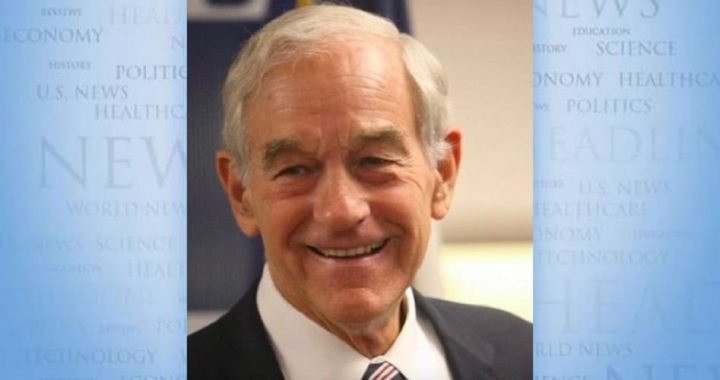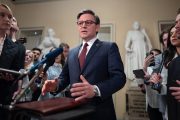
President Biden may have recently made history as the first president to discuss snack chips in the State of the Union message. He used snack chips to illustrate the phenomenon of shrinkflation. Shrinkflation occurs when businesses reduce the amount of goods sold in order to avoid raising prices. President Biden pointed out that businesses hope that, since both the price and the size of the package remain the same, most consumers will not notice they are getting fewer chips, cookies, or whatever other product has been affected by shrinkflation.
President Biden called on Congress to pass legislation, sponsored by so-called moderate Senator Bob Casey of Pennsylvania, to crack down on companies that reduce the amount of a good in a package. Biden and his congressional allies and media apologists think that this will stop shrinkflation. They think this because they believe shrinkflation is caused by corporate greed. In fact, shrinkflation is a rational response to increased prices caused by the Federal Reserve’s dollar depreciation.
Businesses reduce the amount of a product sold as a means to cope with rising prices of materials needed to make their products without directly raising the price paid by consumers. Unless greed is the only human emotion that fluctuates with the Federal Reserve’s policies, the fact that shrinkflation only occurs when Federal Reserve policies cause major price inflation should show anyone willing to think logically about these issues that the Fed, not greedy businesses, causes shrinkflation.
Making shrinkflation a federal crime would force more businesses to increase their prices. This would give the American people a more accurate picture of how the Federal Reserve’s price inflation is affecting their standard of living. Shrinkflation is impossible to quantify. Shrinkflation’s existence indicates that the impact of inflation is well above the Consumer Price Index’s report of a 3.2 percent increase in prices over the past year. The Federal Reserve’s interest rates increases have not been as effective in fighting price inflation as the government’s manipulated statistics make it appear.
If Biden wanted to stop inflation, he would start by reducing federal spending and paring down the over 35 trillion dollars national debt. These steps would allow the Federal Reserve to reduce its efforts to monetize the federal debt in order to keep borrowing costs low.
Disappointingly, but not surprisingly, President Biden’s proposed fiscal year 2025 budget fails to cut spending. It also proposes the government borrow nearly two trillion dollars a year for the next decade. While congressional Republicans have declared President Biden’s “big spending budget” dead on arrival, the fact is that, with few exceptions, Republicans are just as addicted to welfare-warfare spending as their Democratic counterparts. Therefore, instead of fighting for real and substantial reductions in spending, most Republicans are happy to pretend that getting Biden and the Democrats to agree to a one or two percent reduction in the rate of spending growth addresses the problem with excessive spending.
The movement to shrink government must continue to grow. To achieve this government shrinking goal, Congress must cut spending. Congress must also pass the Audit the Fed legislation and legalize competing currencies such as Bitcoin and precious metals. Congress should also pass legislation forcing the government to live within its means by forbidding the Federal Reserve from purchasing federal debt instruments.
Ron Paul is a former U.S. congressman from Texas. This article originally appeared at the Ron Paul Institute for Peace and Prosperity and is reprinted here with permission.



